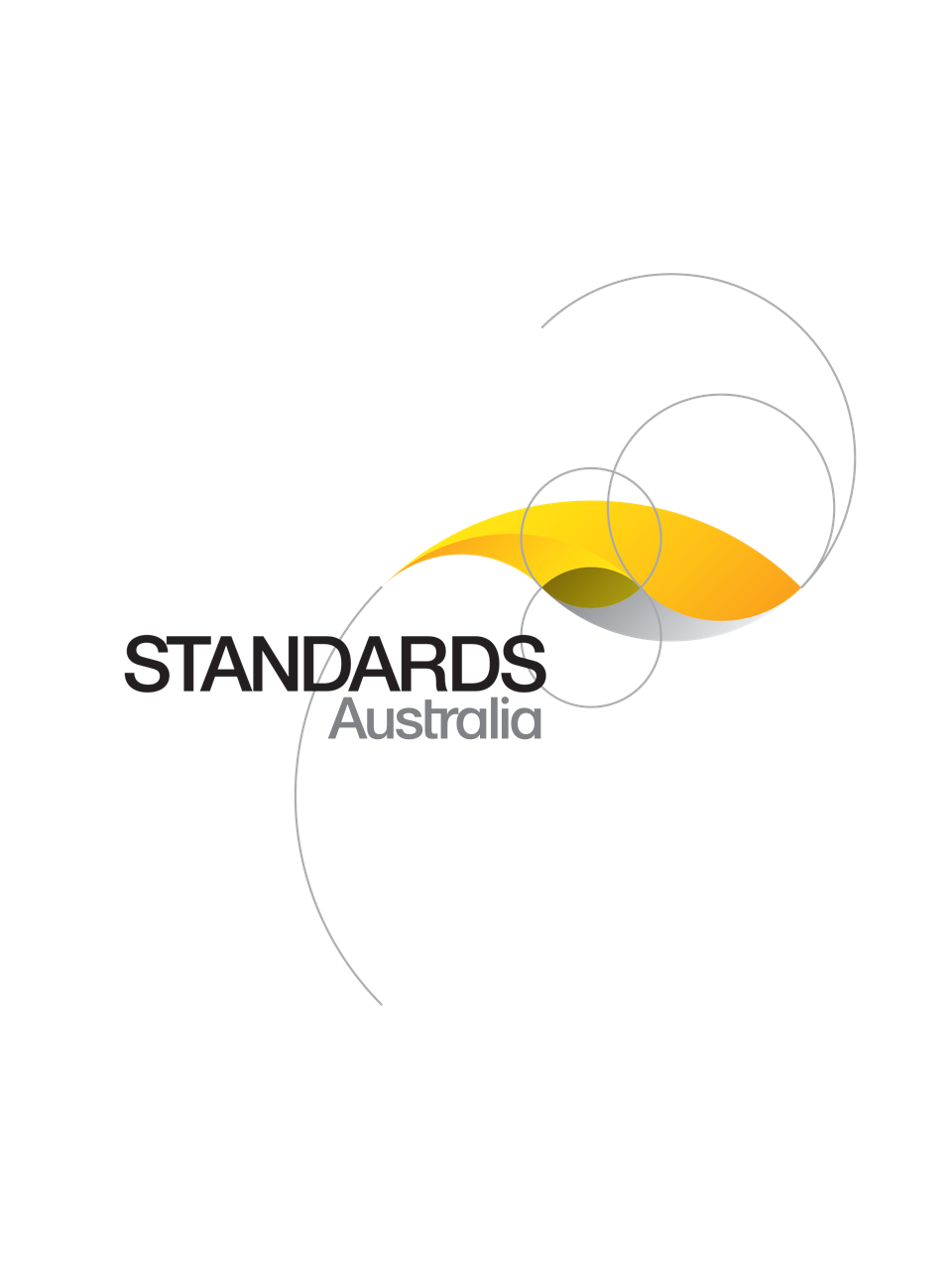Standard
Track updates
AS/NZS 1429.1:2006
[Current]Electric cables — Polymeric insulated, Part 1: For working voltages 1.9/3.3 (3.6) kV up to and including 19/33 (36) kV
Specifies the requirements for cross-linked polyethylene (XLPE) and ethylene propylene rubber (EPR) insulated, individually screened single-core and three-core cables for fixed installations for electricity supply, with or without armour.
Published: 21/04/2006
Pages: 35
Table of contents
Cited references
Content history
Table of contents
Header
About this publication
Preface
1 Scope and general
1.1 Scope
1.2 Referenced documents
1.3 Definitions
1.4 Voltage designation
1.5 Maximum conductor temperature
2 Construction
2.1 Conductors
2.2 Conductor screen
2.2.1 Material and application
2.2.2 Thickness
2.2.3 Removal from conductor
2.2.4 Outer surface
2.2.5 Tests
2.2.6 Pass criteria
2.3 Insulation
2.3.1 Material
2.3.2 Application
2.3.3 Thickness
2.3.4 Concentricity
2.3.5 Tests
2.3.6 Pass criteria
2.4 Insulation screen
2.4.1 Material and application
2.4.2 Thickness
2.4.3 Requirements for stripping insulation screens
2.4.4 Tests
2.4.5 Pass criteria
2.5 Metallic screen
2.5.1 General
2.5.2 Material
2.5.3 Application
2.5.4 Tests
2.5.5 Pass criteria
2.6 Identification of cores
2.7 Laying-up
2.8 Fillers, binders, and barrier tapes
2.9 Metal sheath (optional)
2.9.1 General
2.9.2 Lead alloy sheath
2.9.2.1 General
2.9.2.2 Material
2.9.2.3 Application
2.9.2.3.1 Over single-core cable
2.9.2.3.2 Over three-core cable
2.9.2.4 Thickness
2.9.2.5 Tests
2.9.2.6 Pass criteria
2.9.3 Other metal sheaths
2.10 Separation sheath
2.10.1 Material and application
2.10.2 Thickness
2.10.3 Tests
2.10.4 Pass criteria
2.11 Bedding
2.11.1 Material
2.11.2 Application
2.11.2.1 Extruded bedding
2.11.2.2 Lapped bedding
2.11.3 Thickness
2.12 Armour (optional)
2.12.1 Material
2.12.2 Application
2.12.3 Cables without metal sheath
2.12.4 Cables with metal sheath directly under armour
2.12.5 Diameter of armour wires
2.12.6 Tests
2.12.7 Pass criteria
2.13 Oversheath
2.13.1 Material
2.13.2 Application
2.13.3 Colour
2.13.4 Thickness
2.13.5 Tests
2.13.6 Pass criteria
2.14 Water-blocking (optional)
2.14.1 General
2.14.2 Material and application
2.15 Protection from insect attack (optional)
2.16 Cable identification
2.17 Metre marking on cable (optional)
2.18 Preparation for delivery
2.19 Marking of drums
3 Tests
3.1 General
3.2 Qualification test report
3.3 High voltage test for 5 min
3.4 Bending test followed by partial discharge test
3.4.1 General
3.4.2 Diameter of cylinder
3.4.3 Partial discharge test
3.5 Measurement of DDF (tan δ) as a function of voltage
3.6 Measurement of DDF (tan δ) at elevated temperature
3.7 Heat cycling followed by partial discharge test
3.7.1 Heat cycling
3.7.2 Partial discharge test
3.8 Impulse withstand test followed by a high voltage test
3.8.1 Preparation
3.8.2 Impulse withstand test
3.8.3 High voltage test for 15min
3.9 High voltage a.c. test for 4h
3.10 Re-qualification tests
3.10.1 Material changes
3.10.2 Process changes
Appendix A
A1 Introduction
A2 General
A3 Method
A3.1 Conductors
A3.2 Cores
A3.3 Wire screen
A3.4 Diameter over lay-up of three-core cables
A3.5 Bedding
A3.6 Separation sheath
A3.7 Metal sheath
A3.8 Armour
Appendix B
B1 General
B2 Information to be supplied by the purchaser
B3 Items subject to agreement between purchaser and manufacturer
Appendix C
C1 Scope
C2 Principle
C3 Preparation of sample
C4 Apparatus
C5 Procedure
C6 Report
Appendix D
D1 Diameter of drum barrel
D2 Installation bending radius
Appendix E
E1 Selection of samples
E2 Retest procedure
Appendix F
F1 Scope
F2 High voltage a.c. test after installation
F3 Advice concerning tests after installation
F4 Sheath integrity test
Appendix G
G1 Rounding of numbers in the ‘fictitious calculation method’
G2 Rounding of numbers for other purposes
Cited references in this standard
[Current]
Test methods for electric cables, cords and conductors, Method 3: Electrical tests
[Current]
Electric cables - Polymeric insulated, Part 2: For working voltages above 19/33 (36) kV up to and including 87/150 (170) kV
[Current]
Test methods for electric cables, cords and conductors, Method 1: Conductors and metallic components
[Current]
Test methods for electric cables, cords and conductors, Method 2.1: Insulation, extruded semi-conductive screens and non-metallic sheaths - Methods for general application
[Current]
Test methods for electric cables, cords and conductors, Method 2.2: Insulation, extruded semi-conductive screens and non-metallic sheaths - Methods specific to elastomeric, XLPE and XLPVC materials
One-time Purchase
Access via web browser on any device
One-time purchase
Single publication
Offline access via PDF^
$149.01 AUD
Inclusive of GSTFormat *
Web Reader
Licenses *
1 License (for yourself - not shareable)
Total$149.01 AUD
IMPORTANT
